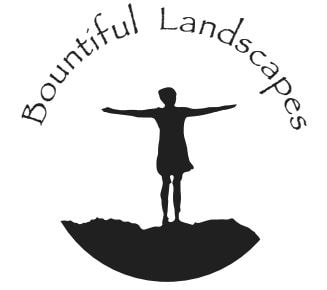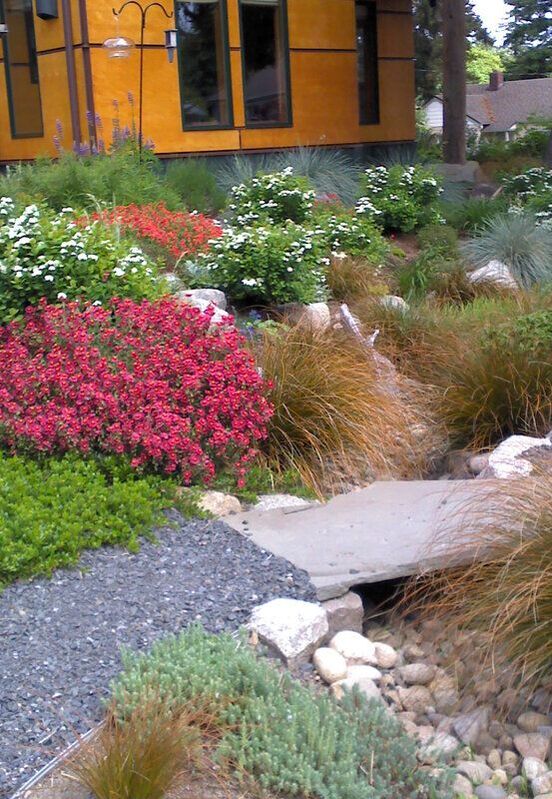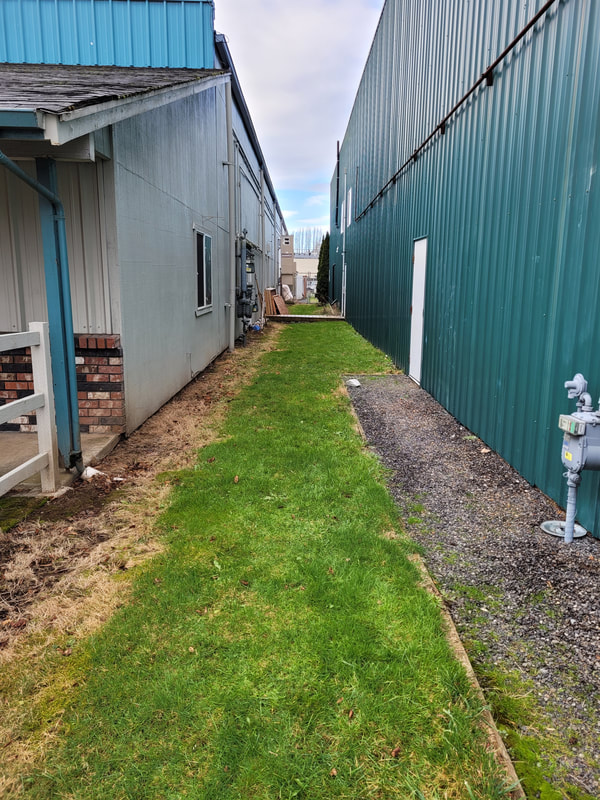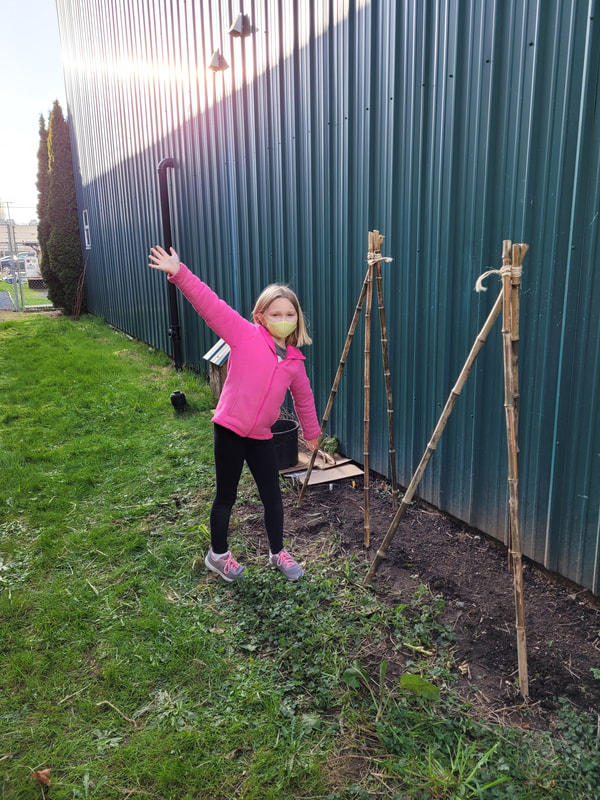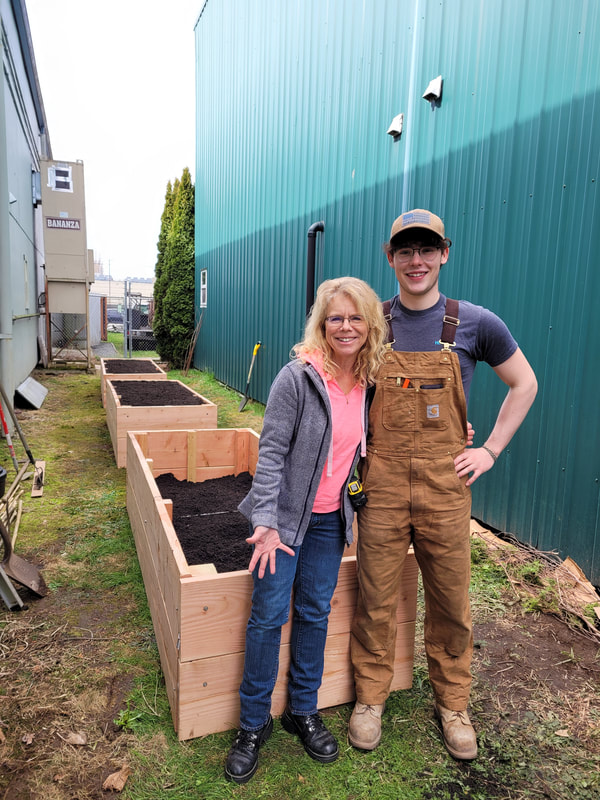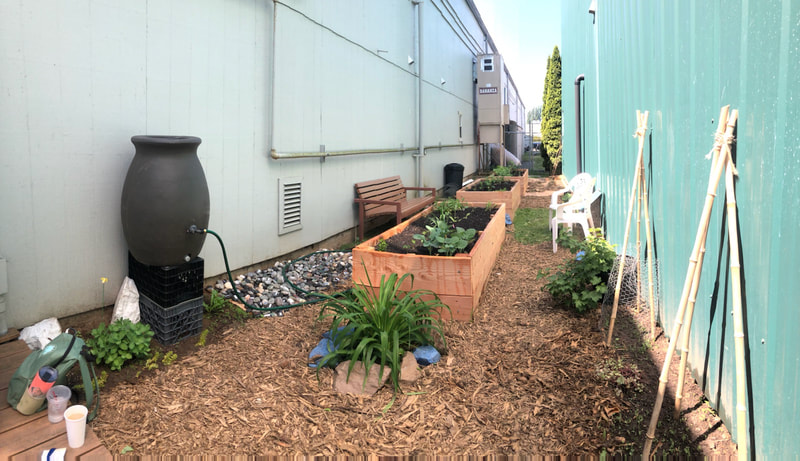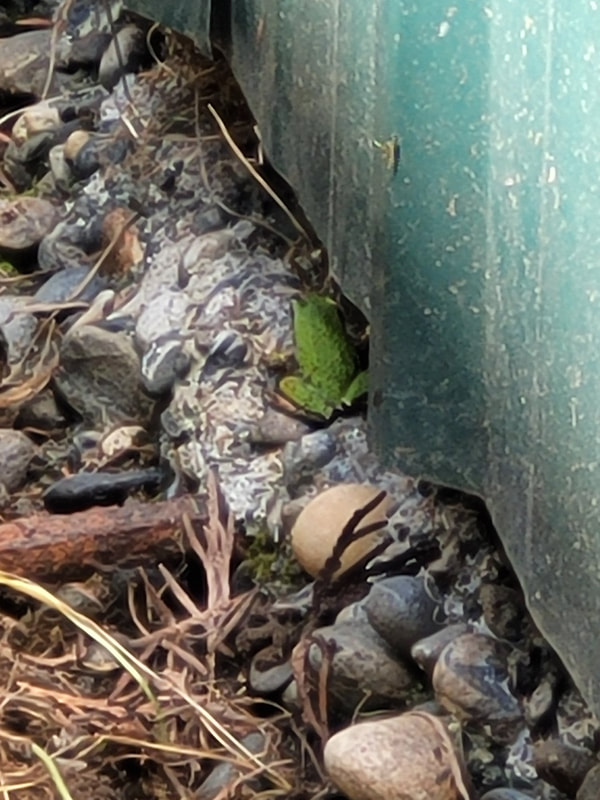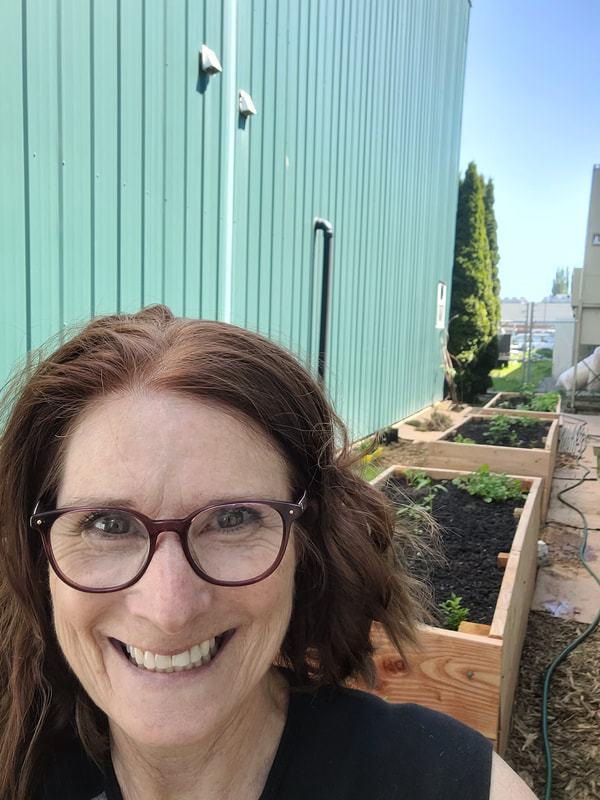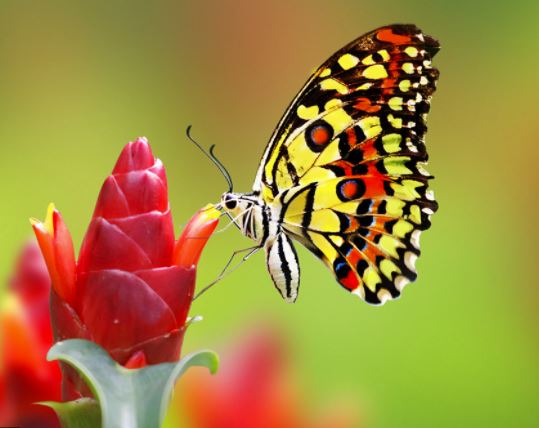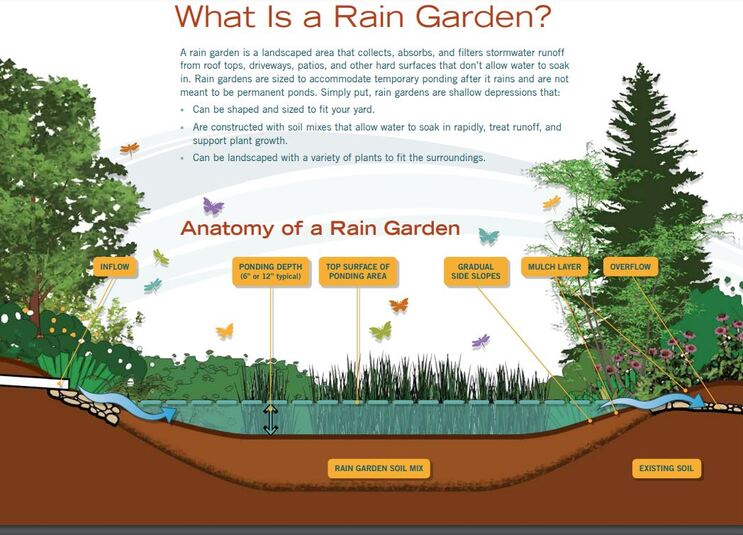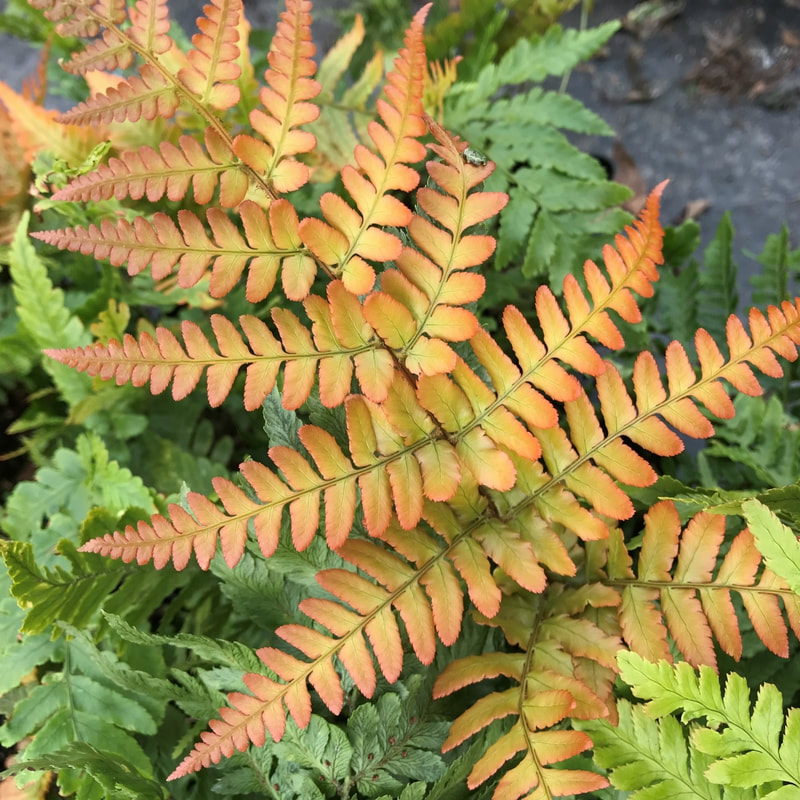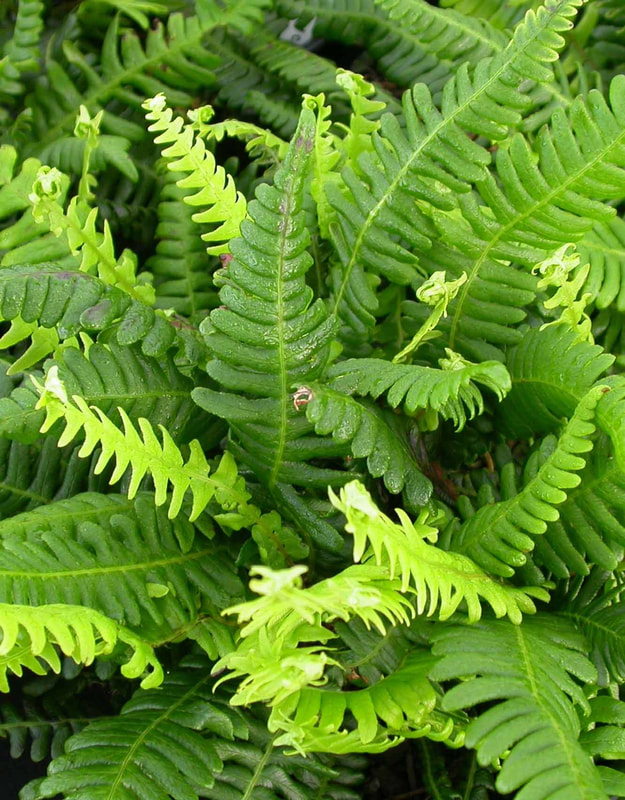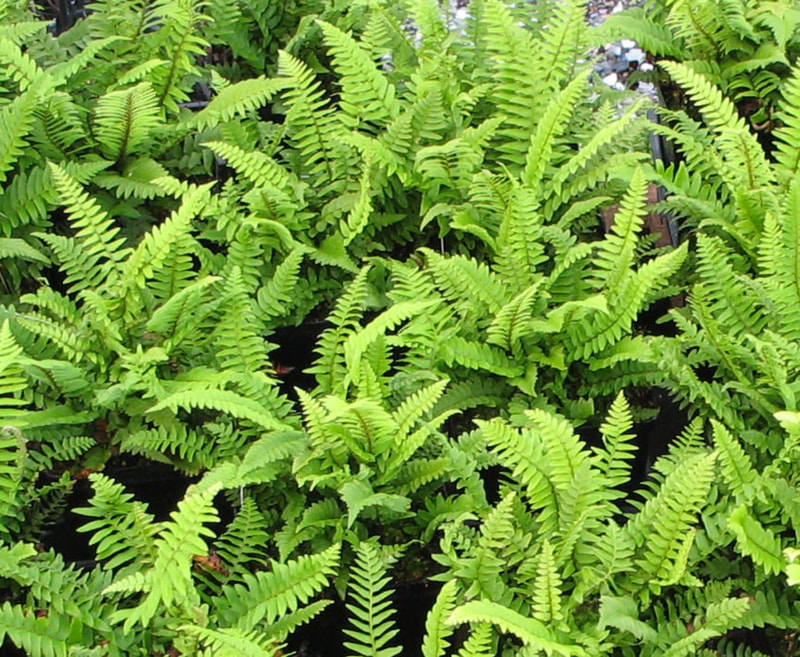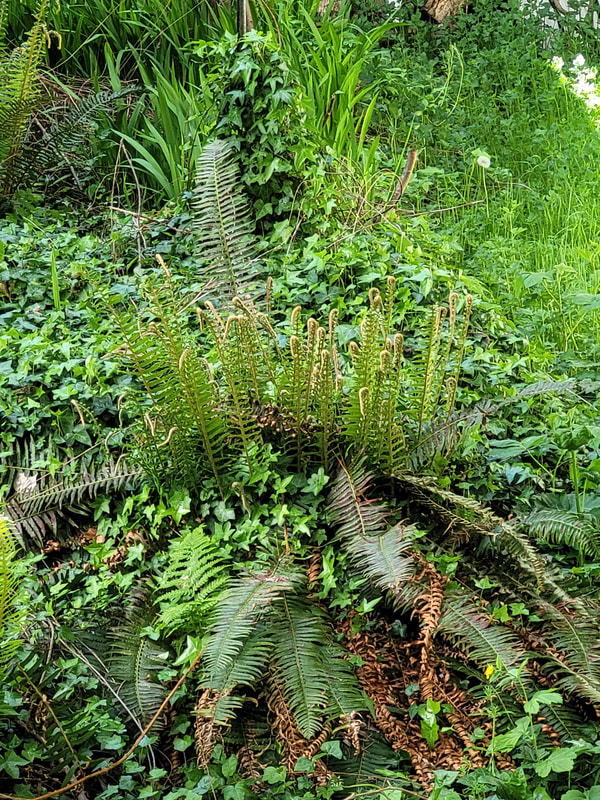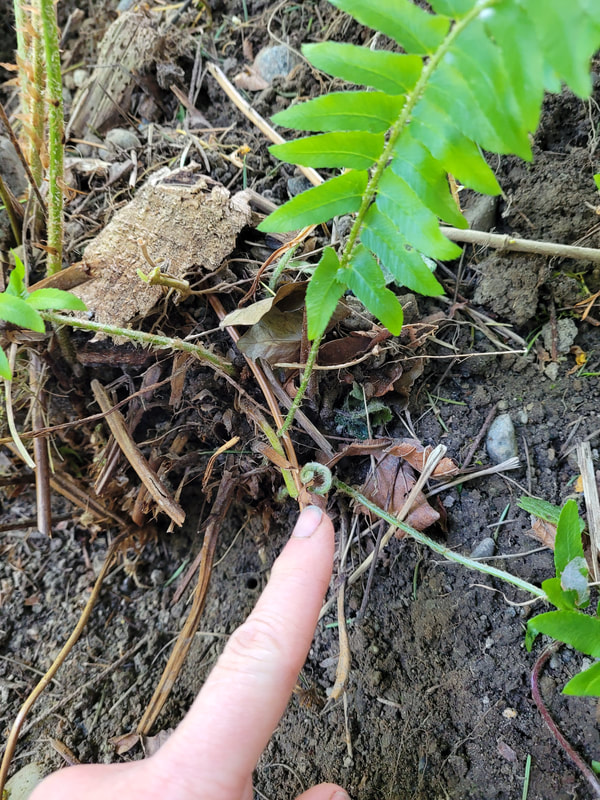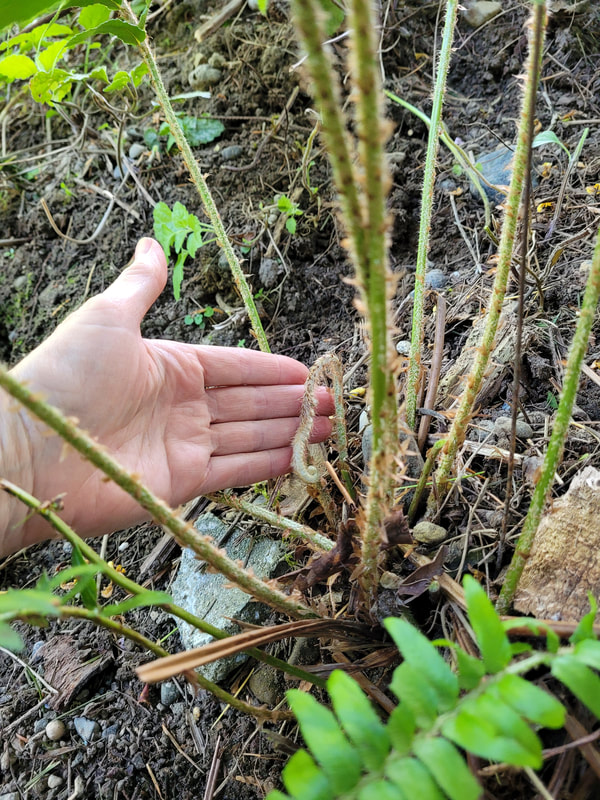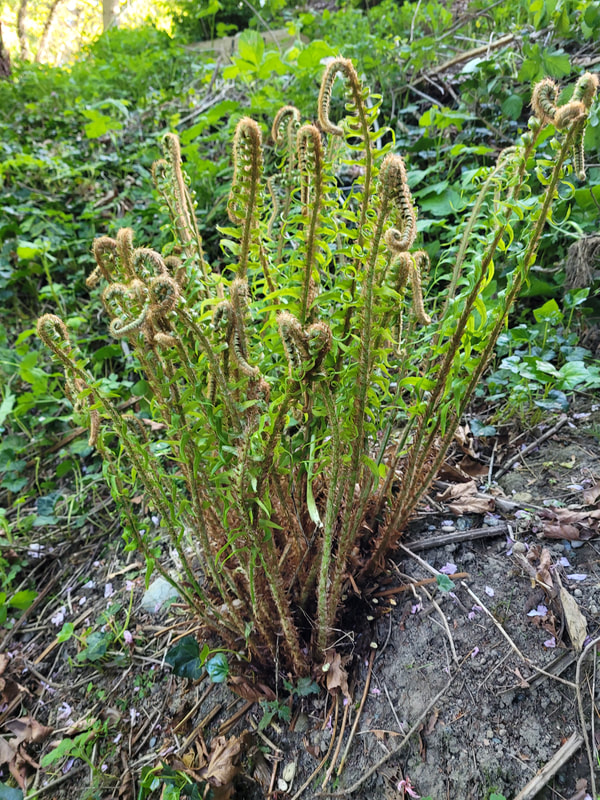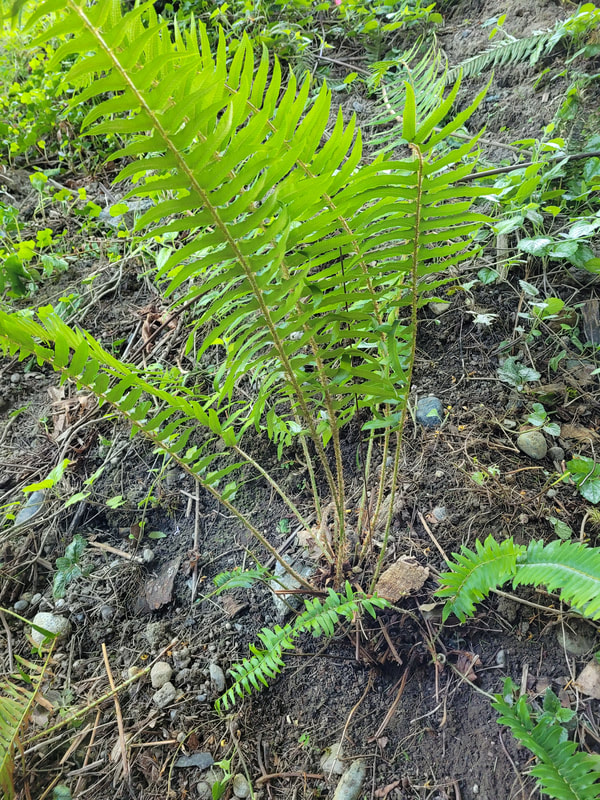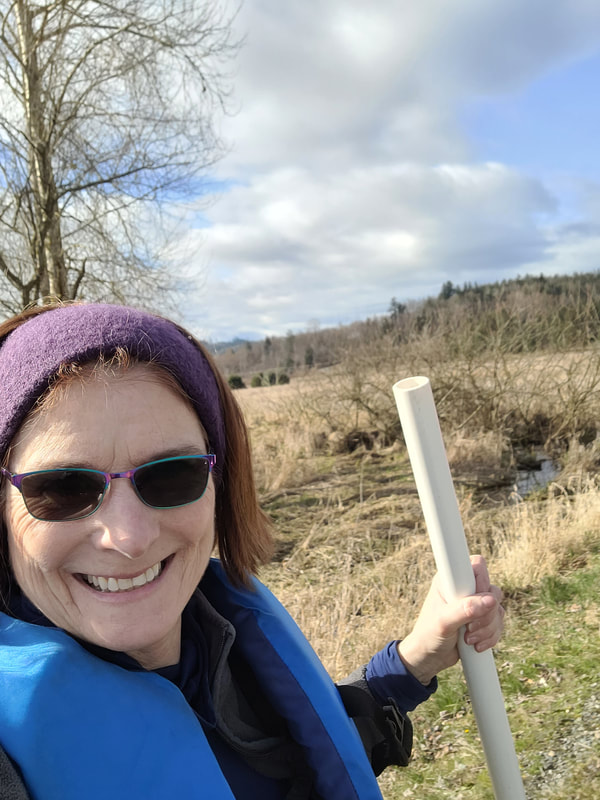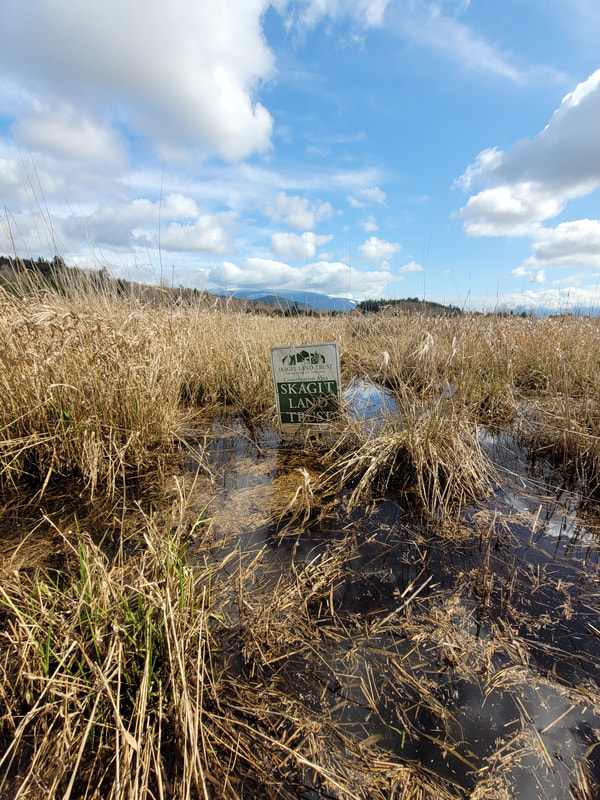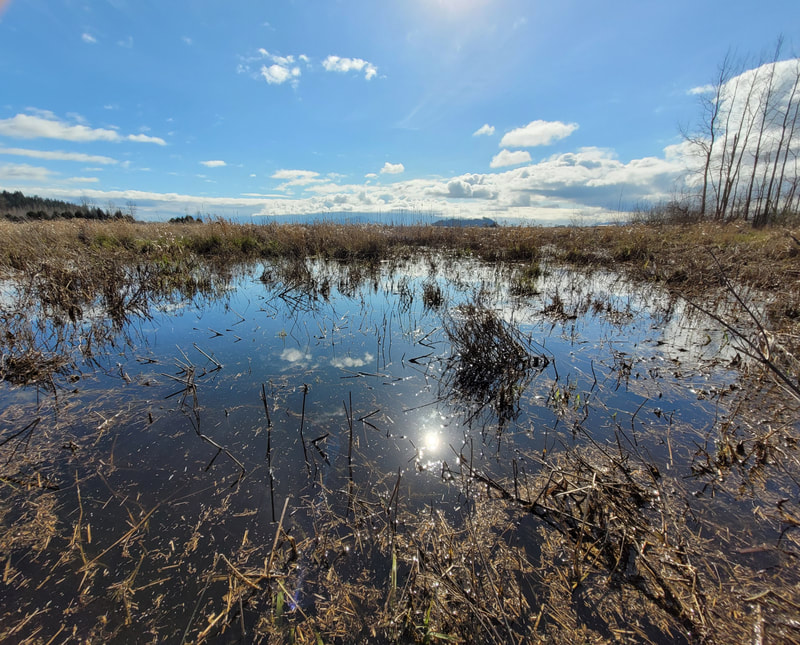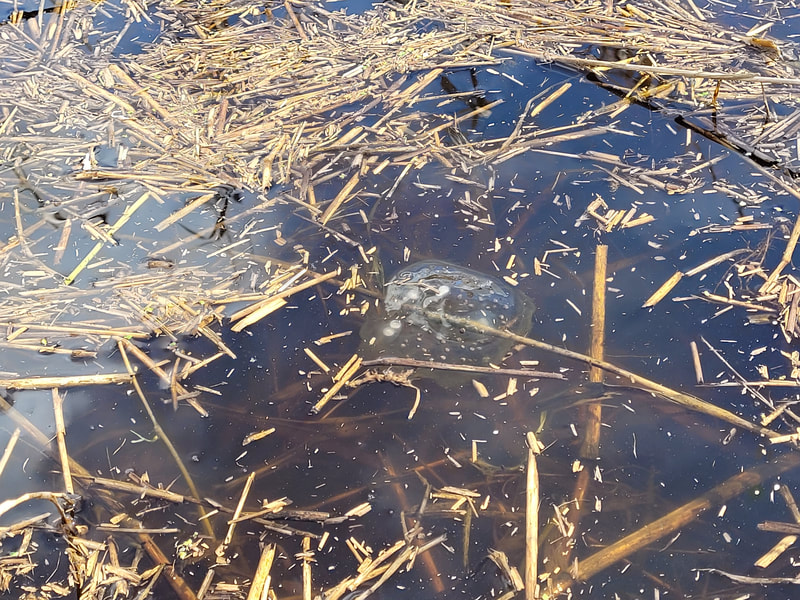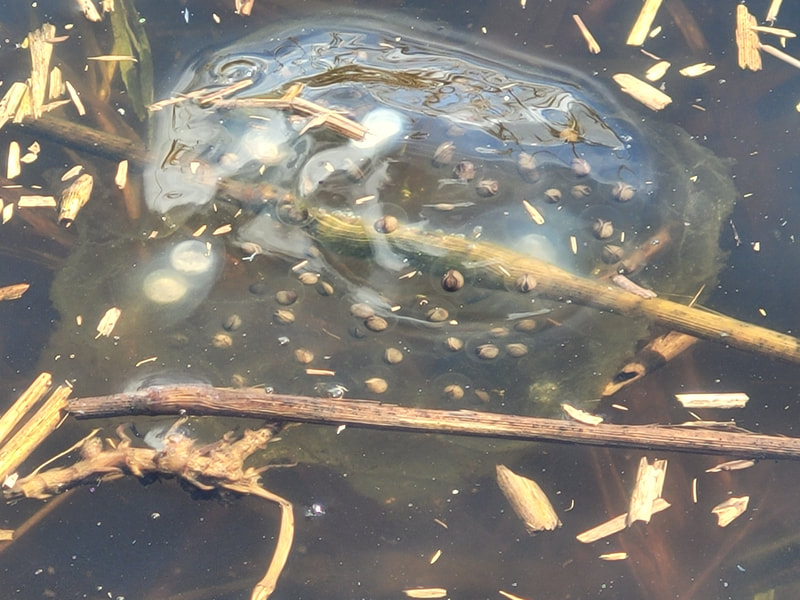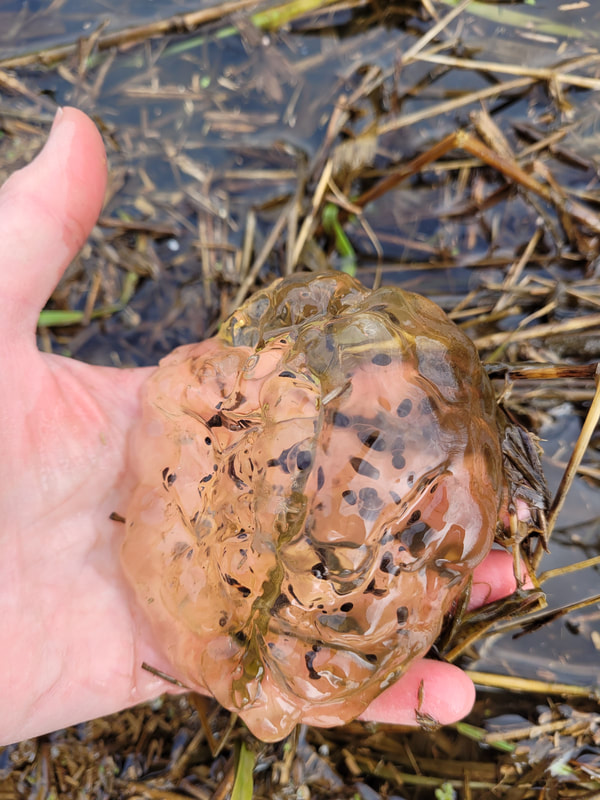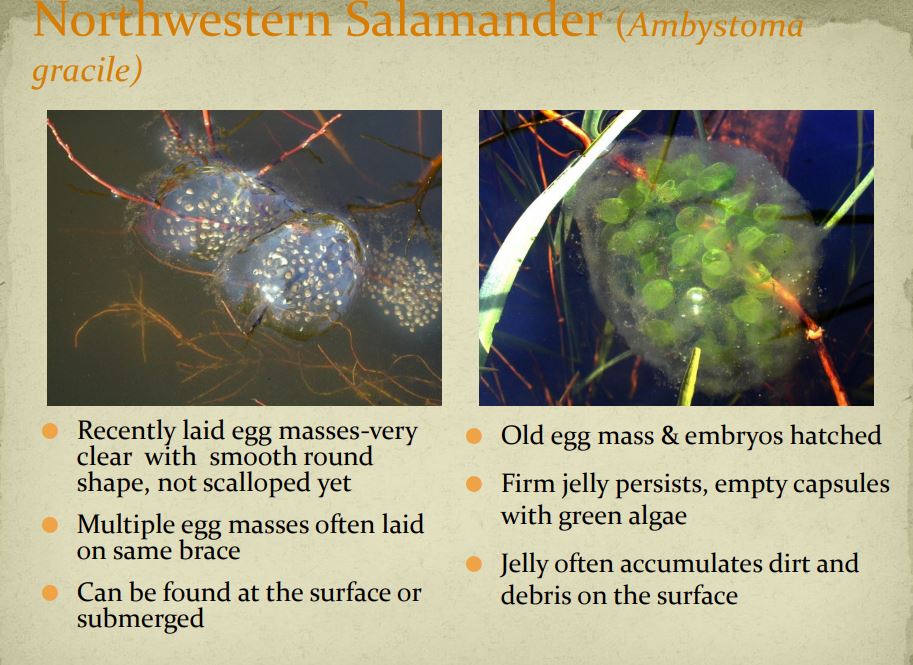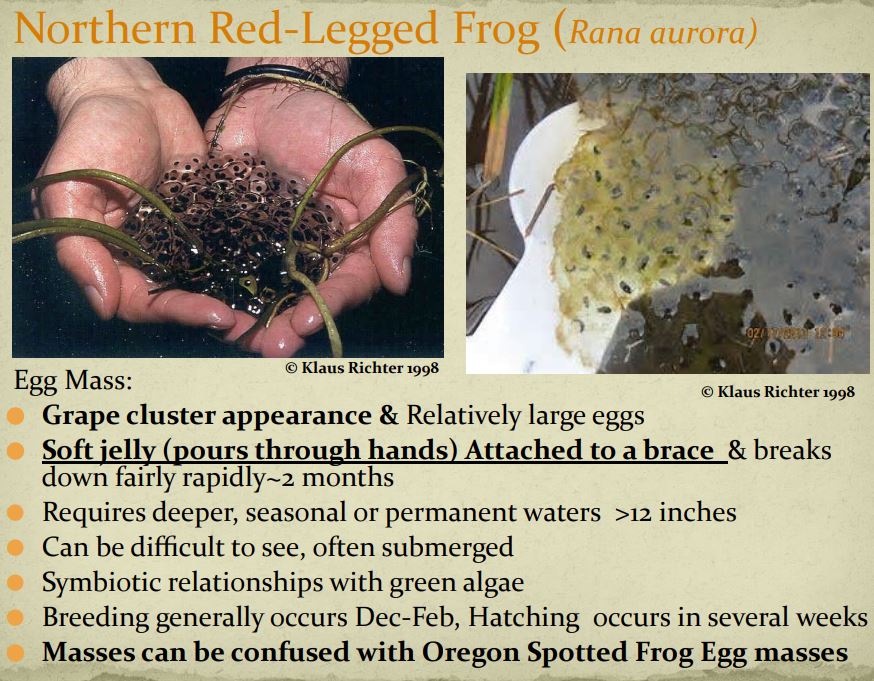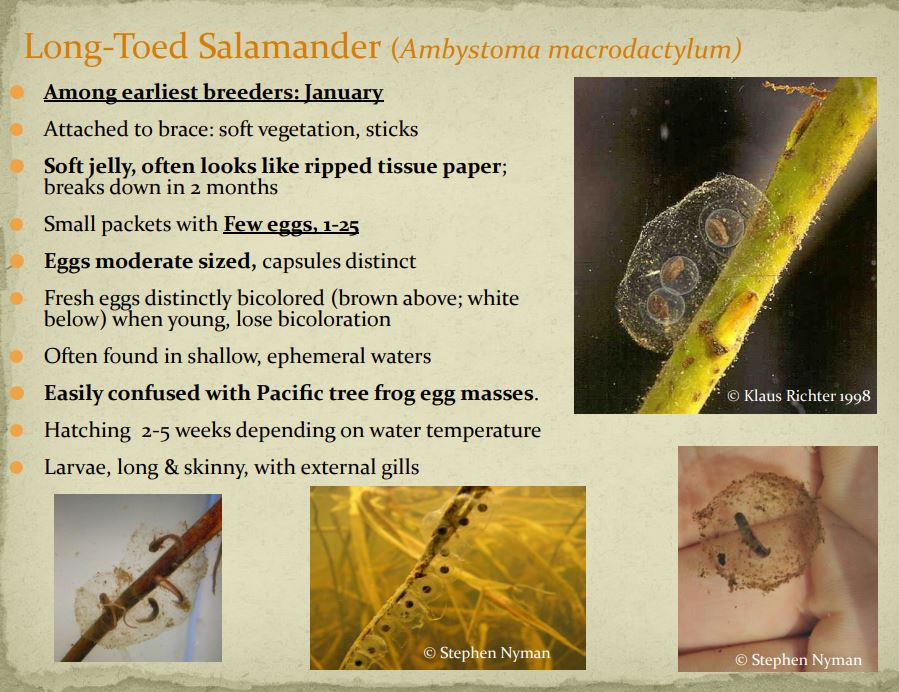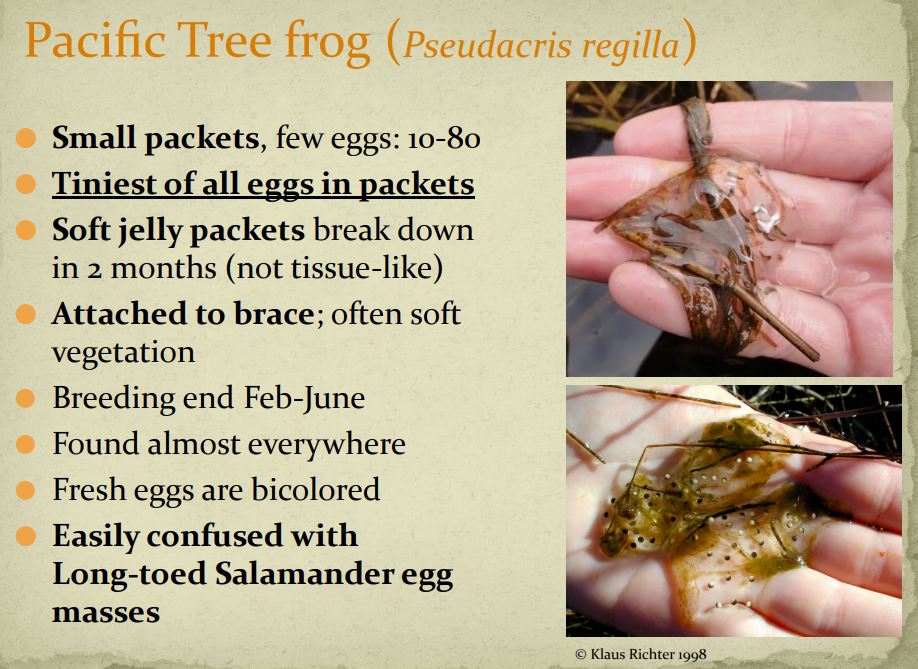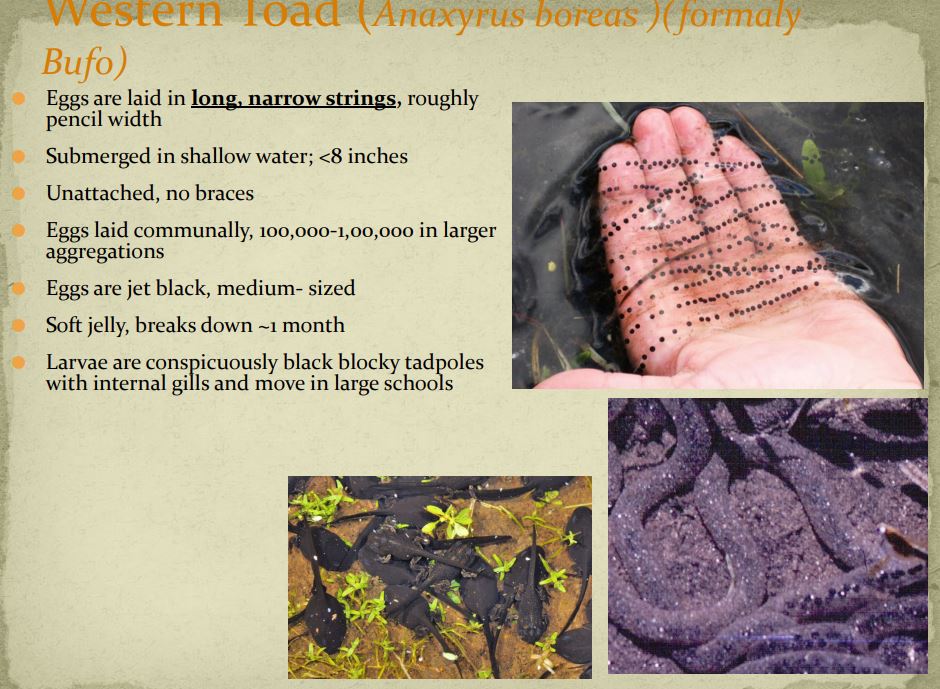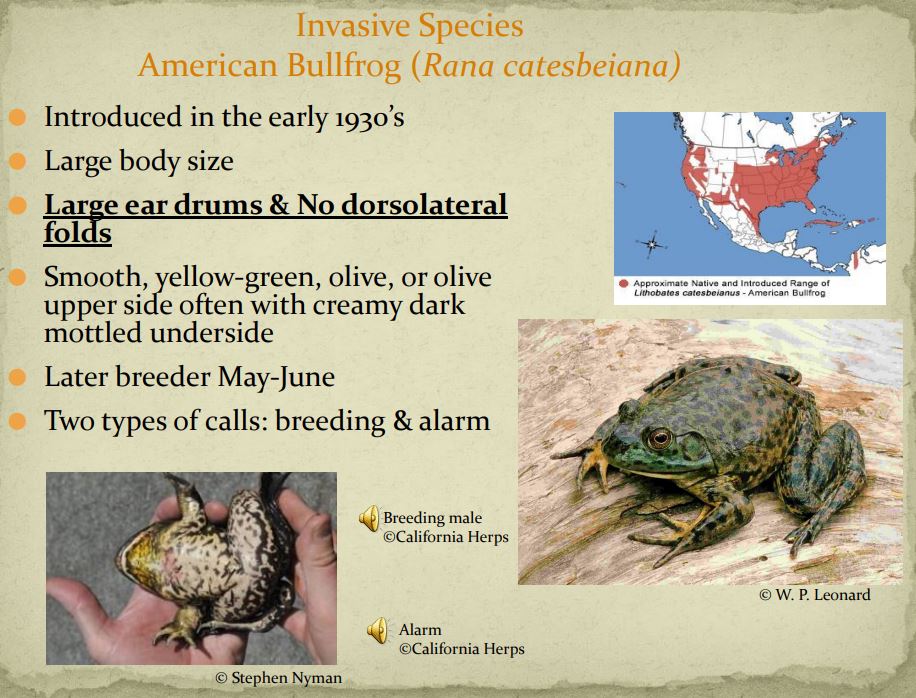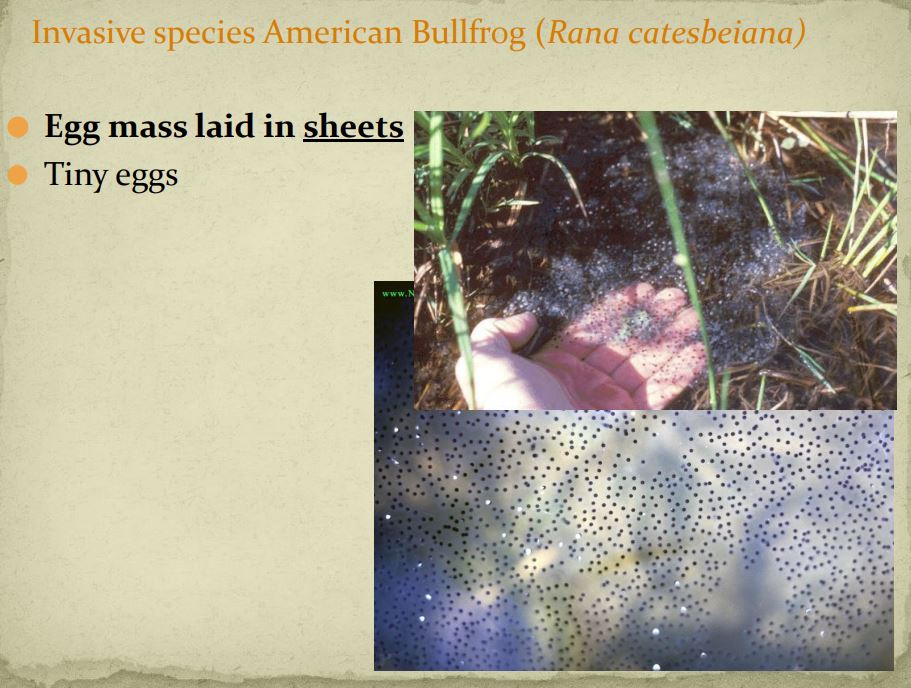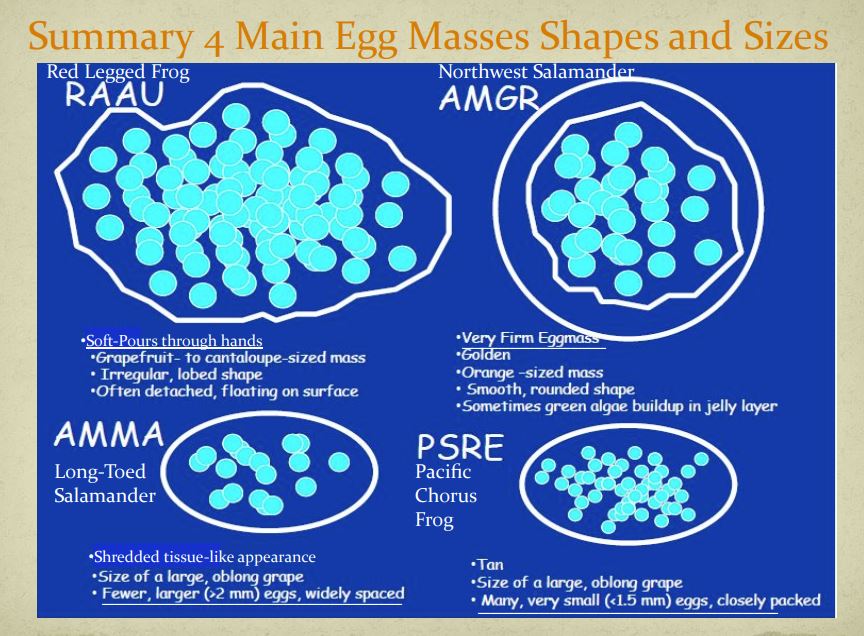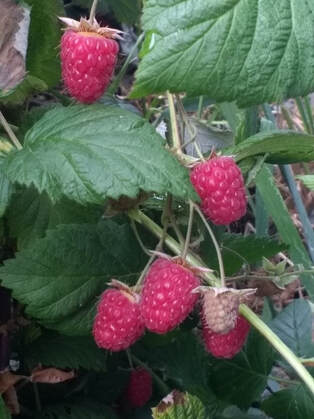|
Blog Topics
|
Drop your comments HERE!
|
|
Water
|
Bugs & Parasites
|
Wildlife
|
GARDENING:
|
|
|
~ Micro-climates ~
I thought I'd let you in on this hidden space I found to grow a garden!! It's basically the required setback between two buildings in a commercial district. I spotted it one day while on my way to visit a friend at work, and thought it would be a great area to demonstrate a "microclimate." So, with permission, here's a picture-story of what we're doing.....
NEVER UNDER ESTIMATE THE POWER OF A VISION!
This microclimate works because the buildings are tall and create shelter from extreme heat, cold and wind. One of the buildings is metal, which is a heat-sink that radiates heat during the day and on into the night. An Eagle Scout project provided the raised beds and the installation, in perfect alignment with the aesthetic. We know we're on the right track here when even the smallest inhabitants are finding a cozy and inviting home!
Do you want to build a Rain Garden?
|
DIY - Here is the link to the Western Washington Rain Garden Handbook if you want to build your own.
RAIN GARDEN HANDBOOK PLEASE be aware that there isn't much room for flexibility on the measurements or installation calculations, so if you want clarification or assistance, I'm here to help! contact me here |
GET Help! Jump over to my services page to see a Rain Garden I installed a few years ago. Look how great it's doing!!! The homeowners really love the beauty that has overtaken their yard! Their neighbors love it too!! If you want an estimate on an installation, or help with maintenance, contact me here
|
Ferns are Fabulous!
May 10, 2021
I really love to use ferns in the landscape. They're versatile, abundant, inexpensive, and quite beautiful with their spikes of bright green, grayish-purple and orange. They can grow BIG or small, as with all plants, depending on how much they like their environment! These are a few of my favs! And here's a few pruning tips!
I really love to use ferns in the landscape. They're versatile, abundant, inexpensive, and quite beautiful with their spikes of bright green, grayish-purple and orange. They can grow BIG or small, as with all plants, depending on how much they like their environment! These are a few of my favs! And here's a few pruning tips!
1. Healthy patch of our native Sword Fern. It's clearly 'picture perfect' and all the dead fronds have been clipped away.
2. Here's how mine look in the spring!
3. First, I look deep inside to the middle of the plant to see if the new fiddleheads are emerging, and I'm careful not to cut them off when I prune.
4. Then, I pull back all the OLD fronds even if they are still a little green AND I cut them off all the way to the center. Yes, all of them!
5. This allows light for all the emerging fiddleheads to unfurl!
6. It is such a lovely sight to see the tiny little pruned fern transform into a bright green lush plant in the early spring!
DO Experiment with different ferns in your landscape! Some are more sun-tolerant than others, but a good filler plant nonetheless!!
**As always, if you want guidance, Please contact me**
2. Here's how mine look in the spring!
3. First, I look deep inside to the middle of the plant to see if the new fiddleheads are emerging, and I'm careful not to cut them off when I prune.
4. Then, I pull back all the OLD fronds even if they are still a little green AND I cut them off all the way to the center. Yes, all of them!
5. This allows light for all the emerging fiddleheads to unfurl!
6. It is such a lovely sight to see the tiny little pruned fern transform into a bright green lush plant in the early spring!
DO Experiment with different ferns in your landscape! Some are more sun-tolerant than others, but a good filler plant nonetheless!!
**As always, if you want guidance, Please contact me**
Amphibians
April 14, 2021
It's Spring!!
How do I know? The sound of frogs!
For several years I have worked with the Skagit Land Trust in Skagit County Washington, doing surveys for frog eggs in the early spring. We monitor the same wetlands every year to see the changes in the native and invasive species, both plant and animal. This has greatly increased my awareness of our Northwest environment, and has helped me in my work and passion of helping to create the places where we ALL love to live! If you want to be part of the solution, contact me here to see how you can create your own beautiful habitat where you LOVE TO LIVE!
It's Spring!!
How do I know? The sound of frogs!
For several years I have worked with the Skagit Land Trust in Skagit County Washington, doing surveys for frog eggs in the early spring. We monitor the same wetlands every year to see the changes in the native and invasive species, both plant and animal. This has greatly increased my awareness of our Northwest environment, and has helped me in my work and passion of helping to create the places where we ALL love to live! If you want to be part of the solution, contact me here to see how you can create your own beautiful habitat where you LOVE TO LIVE!
Frog eggs and how to ID them ~ quick overview
Raspberries **Red & Gold**
January 2021 *Re-Introduction & Plant Sale*
|
January 8, 2021
Hello, You’re getting this note because we’ve spoken, at least once; and I said I would be in touch with you. We may have spoken about rain gardens or other landscaping, or you may have bought some of my raspberry plants or food LEATHER. Anyway, that’s where I got your name and/or email address, so I’m including you here so I don’t forget about you. You can see me at my website below. Honestly, 2020 was a great year for gardening. But we can talk about that later. What’s prompted my “initial contact” with you now is PLANTS!! It’s time to pick plants!! Every year the Snohomish Conservation District has a HUGE plant sale where you can purchase Washington native plants at incredible savings! The sale just opened…..and I DON’T WANT YOU TO MISS IT!!! Last year the online sales only lasted 1 ½ weeks – so hurry!!! Here’s the event info & Plant List! https://www.theplantsale.org/booklet/?utm_term=0_3bb0ae87fa-bf14ad7b62-1214338257 https://www.theplantsale.org/shop Thanks for reading and I’ll catch up with you soon! Stay warm 😊 kathy |
|
Follow My Blog
|
|
